I had a strange problem. I could choose between five different job offers once I reached the interview stage. But getting to that first conversation felt impossible.
The resume screening process was killing my momentum. I'd send applications and wait for calls that might never come. Meanwhile, I knew that once hiring managers actually met me, I could show them exactly what I brought to the table.
The breakthrough came when I realized the issue wasn't my qualifications. It was how I was presenting them through a flat, static resume.
The Screening Bottleneck
Here's what most people don't understand about hiring. Recruiters spend an average of 7.4 seconds looking at each resume. Less than 3% of resumes sent actually result in interviews.
You're not competing on merit at the screening stage. You're competing for attention in a seven-second window.
When I finally got to video interviews, everything changed. Hiring managers could see my personality, hear my story, and connect the dots between my experience and their needs. They got the complete picture instead of bullet points on paper.
That's when I knew I had to build Reslink.
Pre-Warming the Relationship
Adding video to resumes does something powerful. It pre-warms the relationship before the actual interview.
Job seekers get to tell their story in their own words. They can translate what's on their resume into compelling narrative about their credentials and skills. Most importantly, they control how that story gets told.
For hiring managers, it feels like they've already met the candidate. When that first interview happens, it's a warm welcome instead of a cold evaluation. They know what to expect and already have a sense of the person's communication style.
This changes the entire power dynamic in hiring.
Addressing the Pushback
When I pitched Reslink to employers and hiring managers, they immediately saw the value. The excitement was almost universal.
The only pushback I received centered on discrimination concerns. Some worried that video would allow employers to make decisions based on appearance or ethnicity.
But we already live in that world. Employers routinely look up candidates on LinkedIn after receiving their resumes. They already know what you look like. The bias exists whether you use video or not.
Reslink simply makes the process more transparent and gives candidates agency in how they present themselves.
The Time-Saving Reality
Hiring managers love Reslink because it saves them time. They can make critical decisions faster about who belongs on their team.
Instead of guessing whether someone's personality fits their culture based on resume formatting, they get real insight into communication skills and cultural alignment upfront.
The result is better hiring decisions and fewer wasted interviews on both sides.
Building Reslink taught me that sometimes the best solutions come from solving your own problems first. The gap between resume screening and interview performance was costing everyone time and missing great candidates.
Video resumes don't just level the playing field. They give both sides more control over the process and better information to make decisions that actually matter.





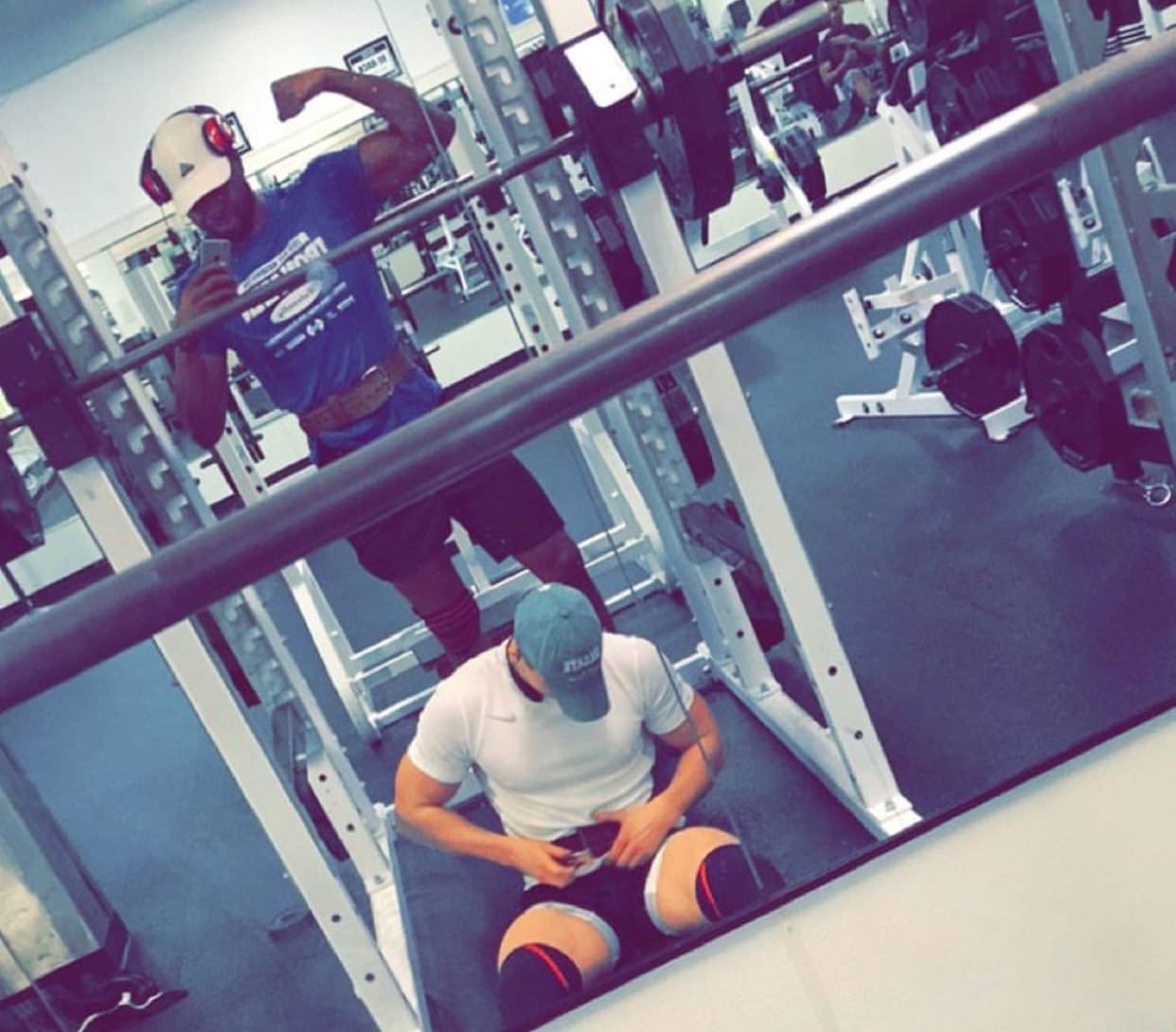
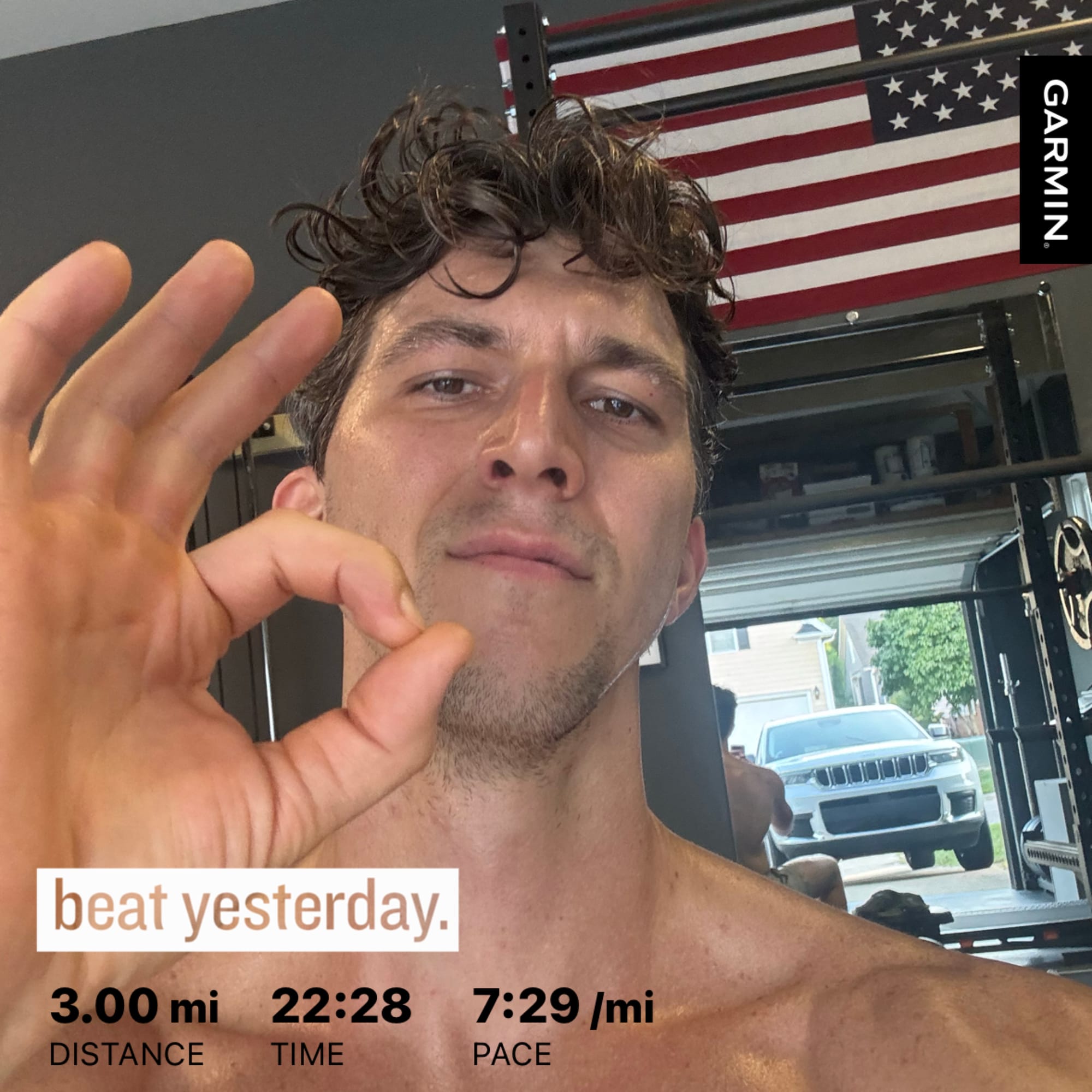
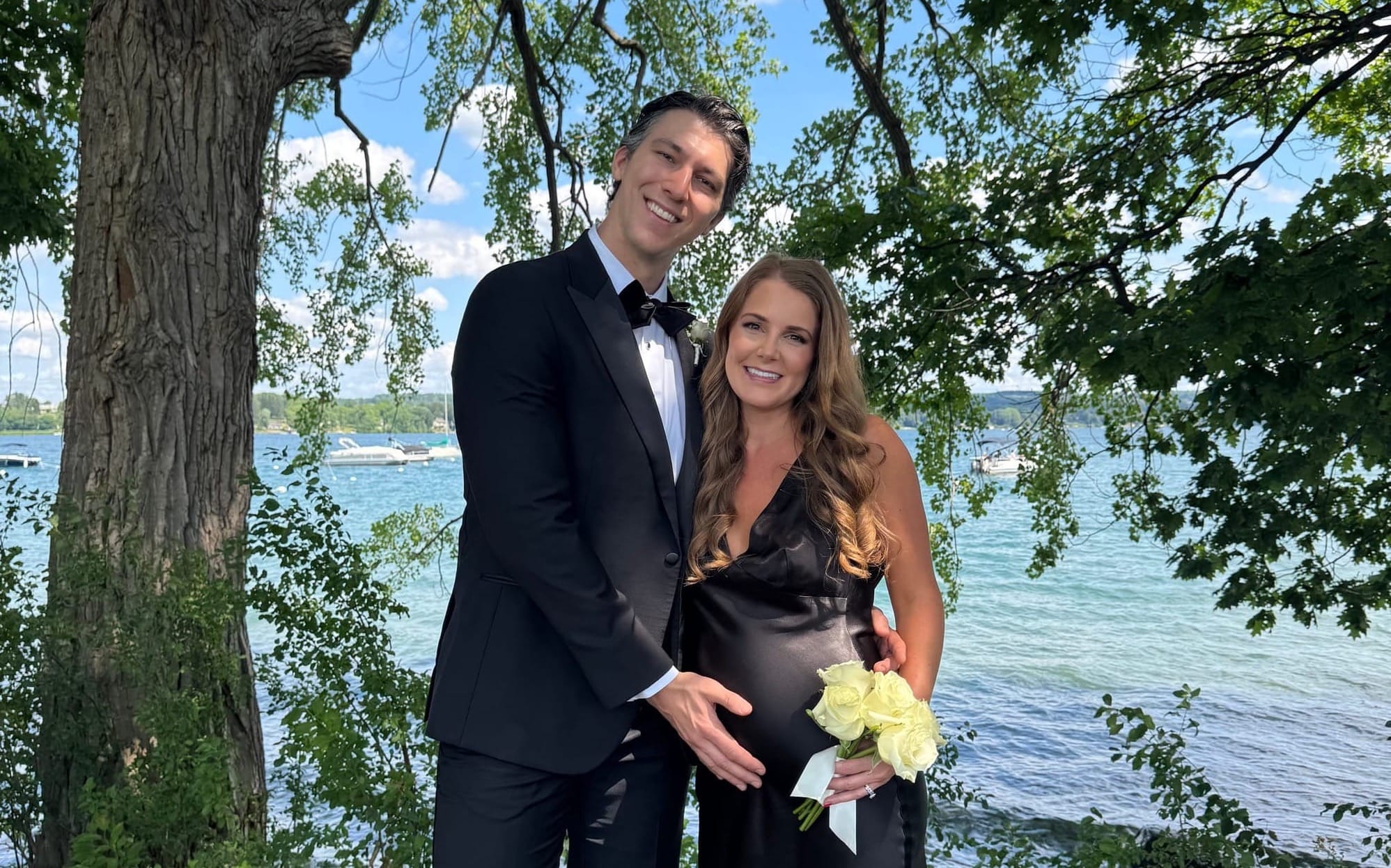
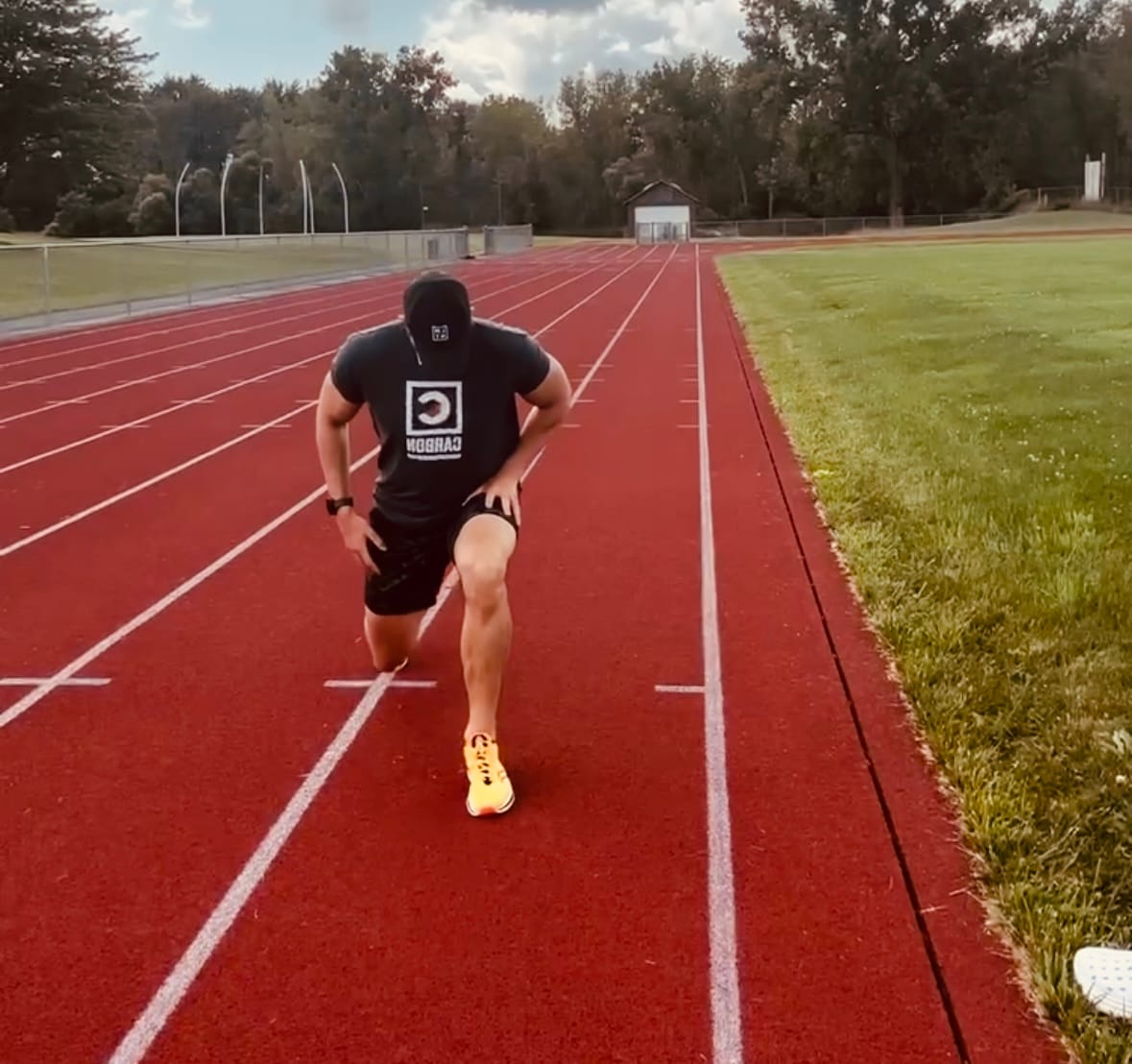
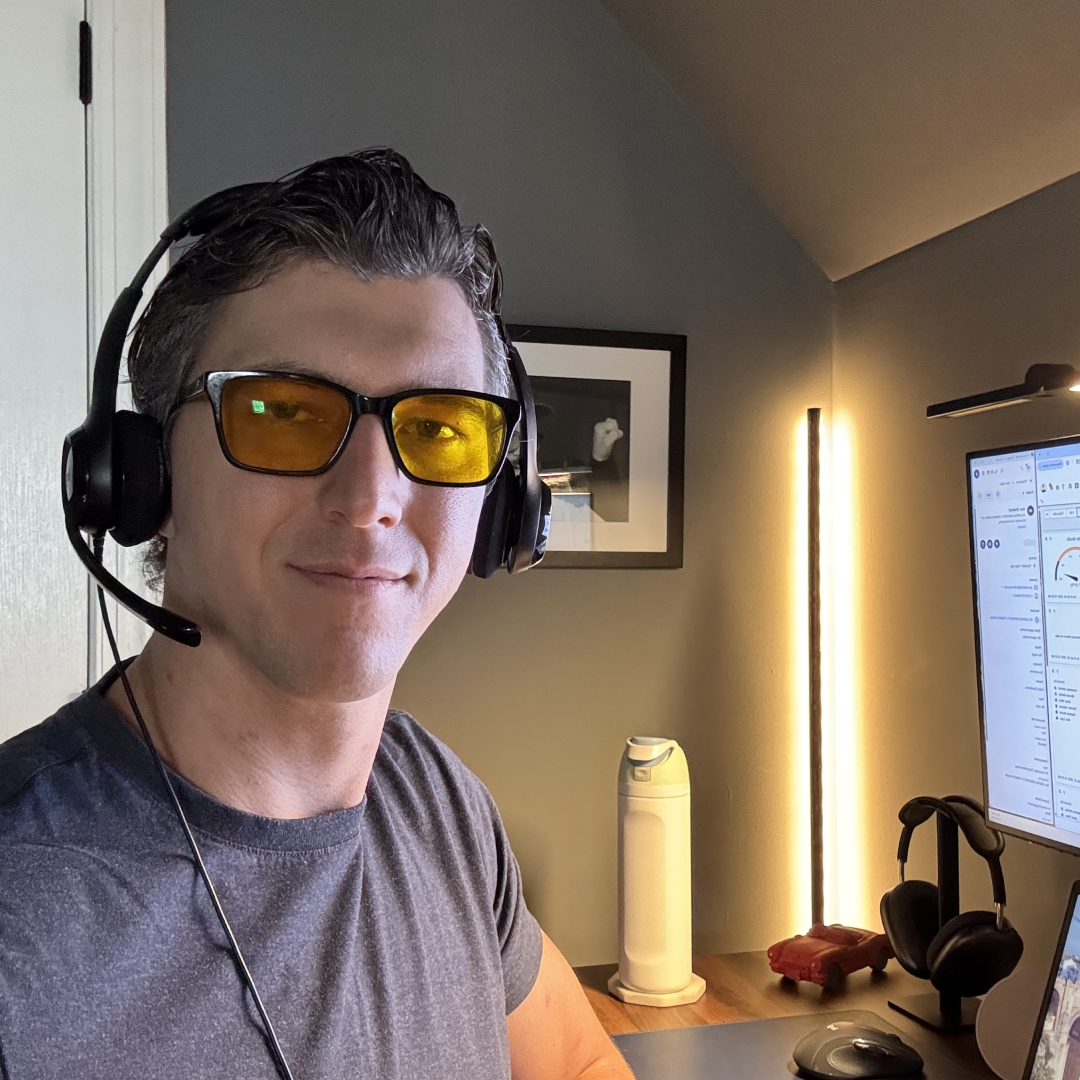
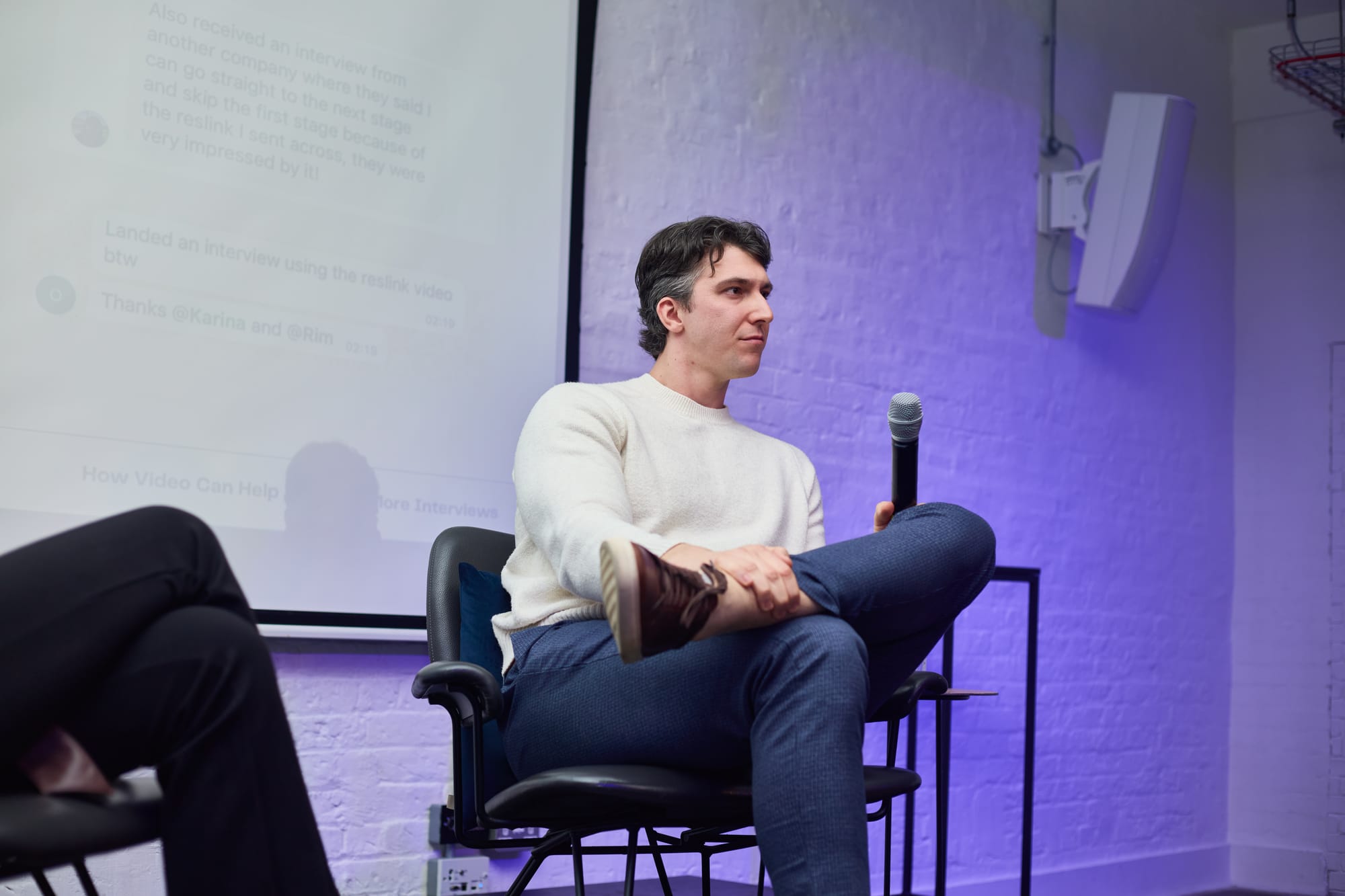
Discussion